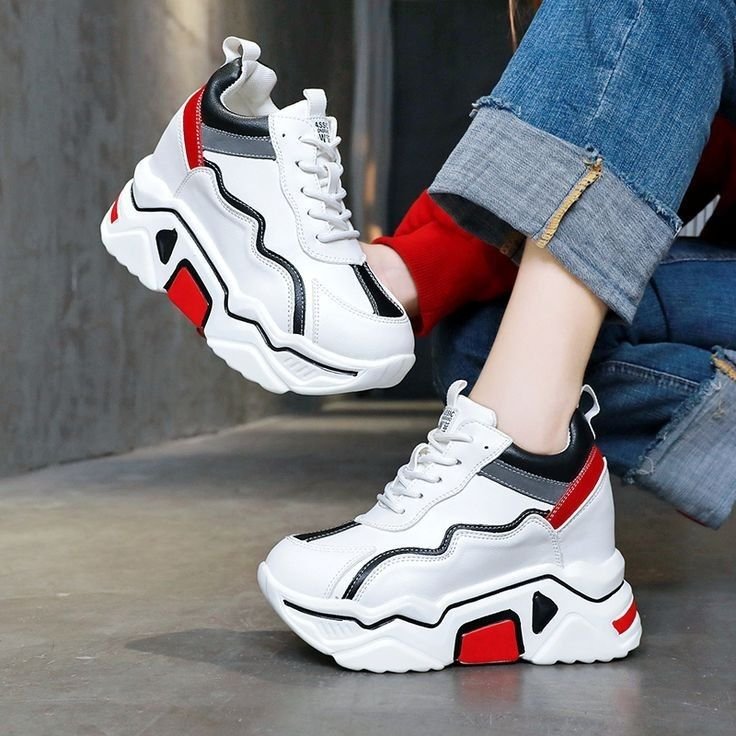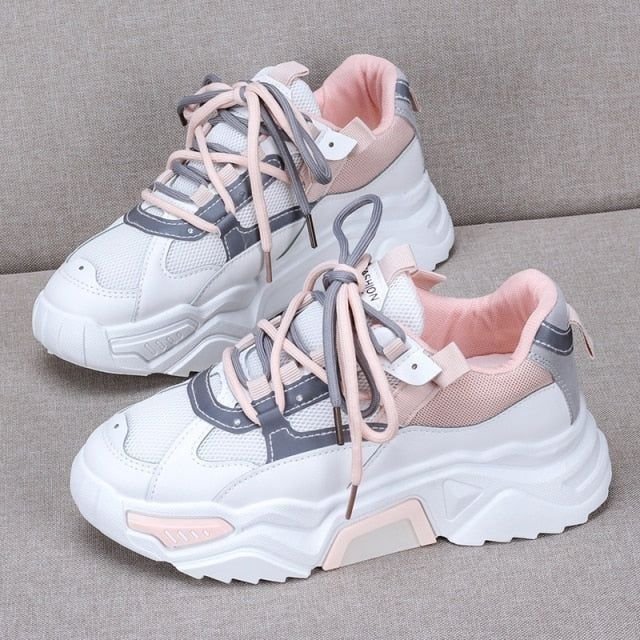



Understanding the Anatomy of Footwear
Footwear serves as an essential aspect of our daily lives, directly affecting our comfort and overall health. Each type of shoe is engineered with specific activities in mind, emphasizing the importance of selecting the right footwear. Understanding the anatomy of footwear involves examining the various styles, materials, and construction techniques that contribute to comfort and support during walking.
The foundation of any shoe is its sole, which plays a crucial role in providing stability and traction. The sole can be classified into three primary types: the outsole, midsole, and insole. The outsole is the part that comes into direct contact with the ground, made from durable materials like rubber to enhance grip. The midsole, often composed of foam or other cushioning materials, absorbs shock and provides arch support. Meanwhile, the insole is designed for comfort and can often be customized to meet individual needs, accommodating various foot shapes and conditions.
Moreover, the upper part of the shoe, constructed from materials such as leather, mesh, or synthetic fabrics, contributes significantly to breathability and flexibility. Styles can range from athletic shoes designed for running and walking, emphasizing cushioning and support, to formal shoes that may prioritize aesthetics but often compromise on comfort. It is essential to recognize how these designs affect foot health; for instance, shoes lacking proper arch support can lead to strain on the feet and long-term issues such as plantar fasciitis.
In essence, the significance of choosing the right footwear cannot be understated, as its intricate design considerations affect not just comfort but also overall walking experience. With a well-informed understanding of footwear anatomy, one can make smarter choices that align with individual lifestyle needs, ensuring that each step taken is both comfortable and supportive.
The Physical Benefits of Proper Footwear
Wearing the right footwear is essential for maintaining optimal foot health and overall physical well-being. Inappropriate or ill-fitting shoes can lead to several common foot conditions such as plantar fasciitis, bunions, and blisters, each of which can significantly hinder daily activities and compromise an individual’s quality of life. Proper footwear is designed to provide adequate support and cushioning, which helps in distributing body weight evenly across the foot and alleviating undue pressure on specific areas.
Plantar fasciitis, often characterized by sharp heel pain, is a condition that arises from inflammation of the plantar fascia due to excessive strain on this connective tissue. High-quality shoes that feature appropriate arch support and cushioning can greatly reduce the risk of developing plantar fasciitis. Additionally, bunions, which are bony protrusions at the base of the big toe, can be aggravated by tight or narrow footwear. Selecting shoes that provide ample space for the toes can help prevent the formation and worsening of bunions.
In terms of overall posture and alignment, the right footwear can play a critical role in ensuring that the body is aligned correctly during movement. Shoes that offer adequate support promote a neutral stance, thereby enhancing balance and stability. This not only contributes to improved gait mechanics but also minimizes the risk of injuries caused by improper alignment. Moreover, individuals who wear the appropriate footwear while walking are likely to experience less fatigue, enabling them to engage in physical activities for longer durations without discomfort.
Ultimately, investing in the right shoes can lead to enhanced performance in walking activities, increased endurance, and a reduction in overall fatigue. Such benefits significantly contribute to an improved quality of life, allowing individuals to enjoy a more active and fulfilling lifestyle.
Psychological Effects of Wearing the Right Shoes
The choice of footwear can significantly influence an individual’s psychological state, particularly during walking. When one wears shoes that are both comfortable and visually appealing, it can enhance mood and boost confidence. Comfortable shoes reduce physical discomfort, allowing individuals to focus on their surroundings and the activity itself rather than the pain associated with ill-fitting or unattractive footwear. Numerous studies suggest that people who experience comfort in their shoes tend to report higher levels of satisfaction and enjoyment while walking.
Moreover, research has shown that aesthetically pleasing footwear can elevate self-esteem. The right shoes can serve as a form of self-expression, reflecting personal style and enhancing one’s identity. This boost in self-esteem can lead to greater motivation to walk, as individuals are more likely to engage in activities where they feel good about their appearance. When a person is happy with their footwear, there is a higher likelihood of embracing a lifestyle that incorporates more physical activity, such as walking.
In addition to comfort and aesthetics, the psychological benefits of wearing the right shoes extend to the overall experience of walking. A well-chosen pair of shoes can make walking feel less laborious, transforming it into a pleasurable activity instead of a chore. This enhancement in the walking experience can promote consistency in physical activity, which is essential for fostering a healthier lifestyle. Anecdotal evidence, such as testimonials from individuals crediting their shoe choices for increased physical activity, aligns with scientific findings that underscore the psychological implications of footwear. Thus, wearing the right shoes can serve as a catalyst for improved mood, confidence, and motivation in walking.
Choosing the Right Footwear for Every Occasion
Selecting appropriate footwear is crucial for enhancing your overall walking experience, whether for casual outings, workouts, or professional settings. The right footwear can provide comfort, support, and style, adapting to your specific needs in various contexts. One of the first steps to consider is understanding your foot shape. Feet come in different widths and arch heights, which can significantly impact how a shoe fits. By recognizing your unique foot characteristics, you can better identify shoes that will provide the necessary support and comfort.
When it comes to casual outings, look for footwear that balances style and comfort. Sneakers or loafers typically serve well in these scenarios, offering the flexibility required for different terrains and long durations of use. It is important to try on shoes and walk around the store to assess comfort levels, ensuring they do not pinch or cause discomfort. For workouts, prioritize athletic shoes designed for the specific type of activity you engage in. For example, running shoes are engineered for cushioning and shock absorption, while walking shoes focus on stability and comfort.
In professional settings, it is essential to find footwear that reflects the workplace’s dress code while maintaining comfort for prolonged periods of wear. Consider opt for stylish flats or low-heeled shoes that provide adequate support without sacrificing aesthetics. Regardless of the occasion, always pay attention to the terrain you will be navigating. For uneven surfaces, opt for shoes with good traction to prevent slips and falls.
Additionally, proper care and maintenance of your footwear can extend their life significantly. Regularly cleaning your shoes, storing them in a cool, dry place, and using protective sprays for certain materials will help maintain their appearance and functionality. By taking these considerations into account, you will be well-equipped to make informed decisions when selecting footwear, ensuring the optimal enhancement of your walking experience.